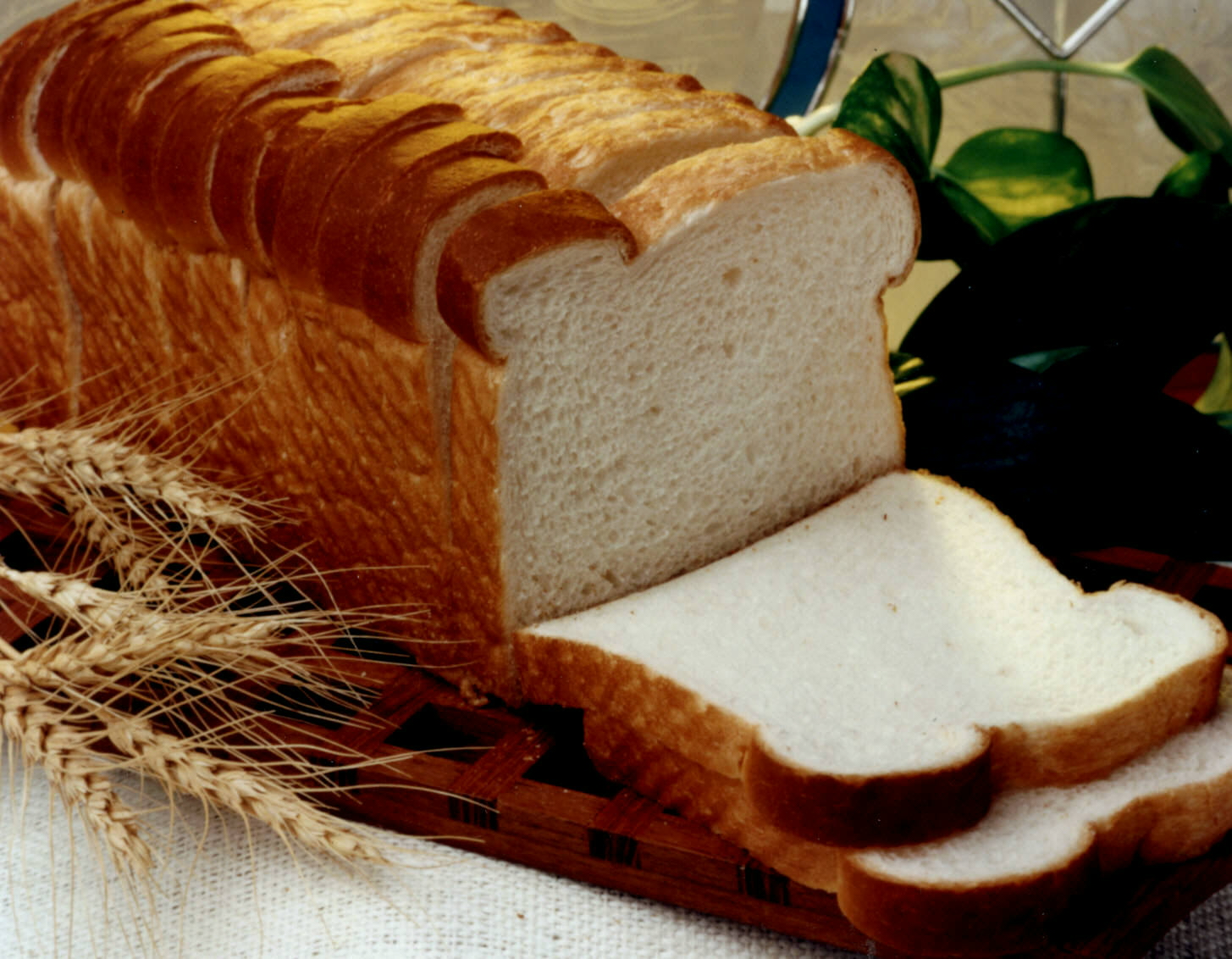How To … Make Bread

Bread can be easily made today using a food processor or bread making machine. But how did bread used to be made before the advent of these modern gadgets.
Bread-making can actually be a very straightforward process. Here it is at its most unsophisticated, without a food processor or bread machine in sight.
Ingredients
- 25 oz (710g) of whole-wheat flour
- 1 tablespoon of dried yeast
- 2 cups (500ml) of warm water
- 2 teaspoons of fine sea salt
Preparation
1. In a bowl mix the whole-wheat flour with the dried yeast (this makes the dough rise) and the fine sea salt. This makes the dough firmer and tempers the yeast – the more salt you add, the longer the dough takes to rise.
2. Add approximately two cups of warm water (500ml). The temperature of the water should be about the same as bath water, but not too hot. Mix with a wooden spoon until all the flour has been mixed in. The dough should be sticky but not runny.
3. Place the dough on a well-floured wooden board. Knead it using the palm of your hand, pressing from the front to the back of the dough, and then folding it back on itself. This helps to aerate the dough, but you don’t have to do it for more than a minute or two.
4. Shape the dough into an oblong lump and place it in a large, well-greased loaf pan.
5. Place the pan somewhere warm and dry for a few hours. The dough should rise to fill the tin. If it doesn’t, either the tin is too big, the yeast is too old, or there’s too much salt.
6. Bake in a preheated oven for forty-five minutes at 350F (175C).
7. Remove from the loaf pan and return to the oven for a few minutes to form a nice crust over the whole loaf.
8. Allow tin bread to cool on a wire rack. Some people like to eat bread fresh from the oven; others say that bread tastes best about eight hours after it has been baked. The choice is yours.





